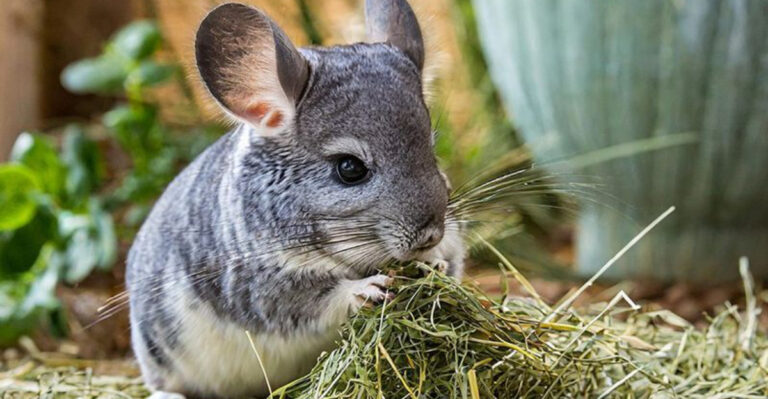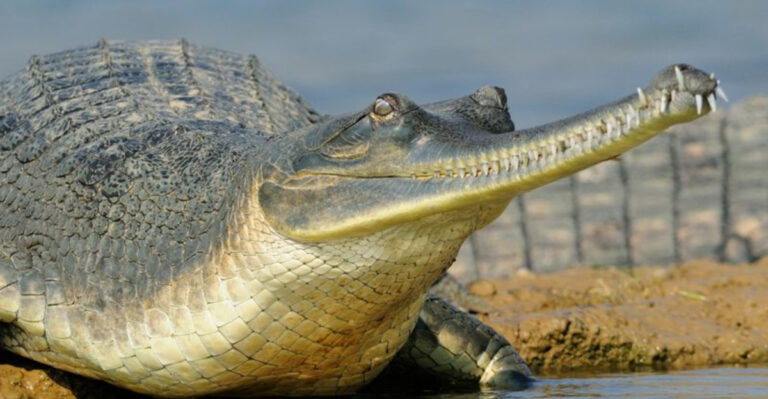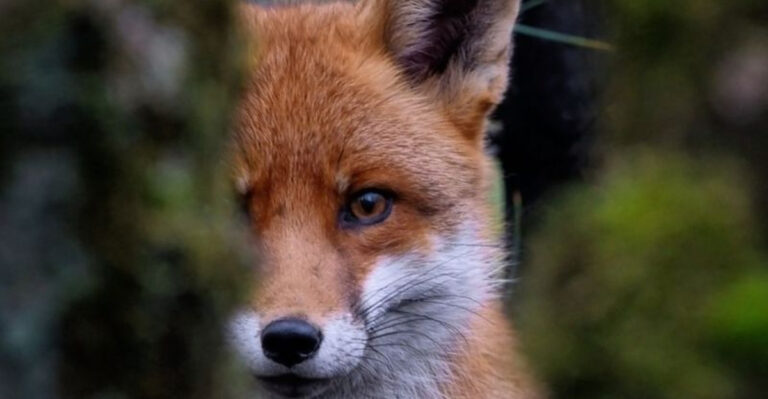This National Wildlife Refuge Hosts The Largest Population Of Wild Wolves Outside Alaska
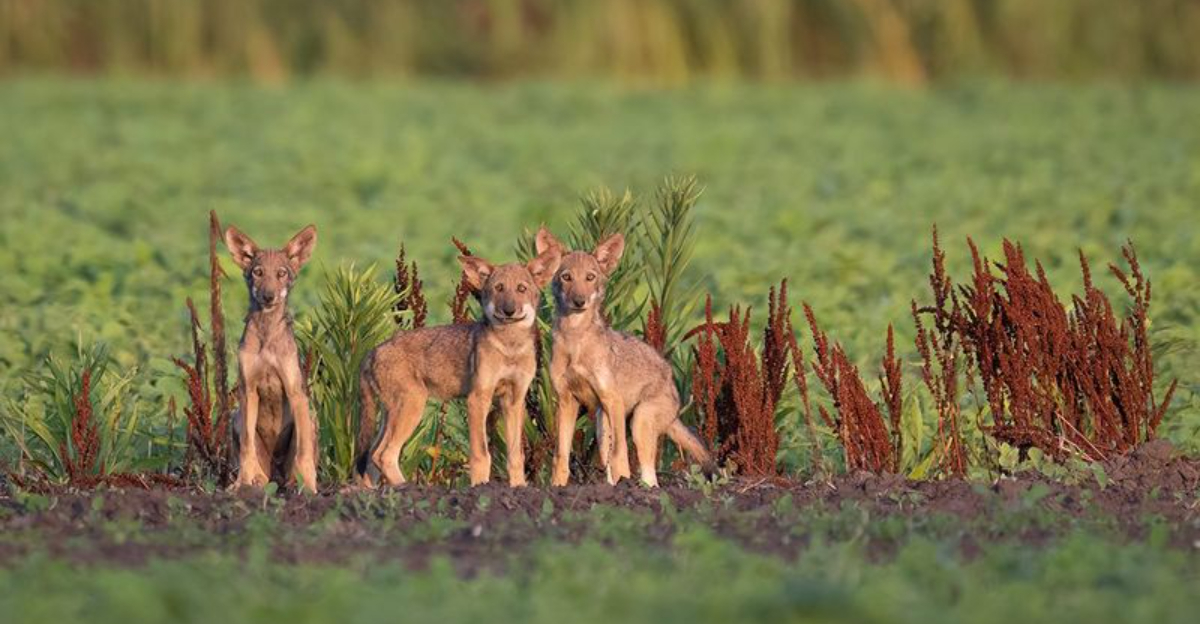
Tucked away on the coastal plains of North Carolina lies a wildlife sanctuary that’s home to one of America’s most endangered species.
Alligator River National Wildlife Refuge harbors the world’s only wild population of red wolves, a species once declared extinct in the wild.
This 152,000-acre preserve represents the last stronghold for these magnificent predators, offering a glimmer of hope for their survival against mounting odds.
A Hidden Gem On The North Carolina Coast
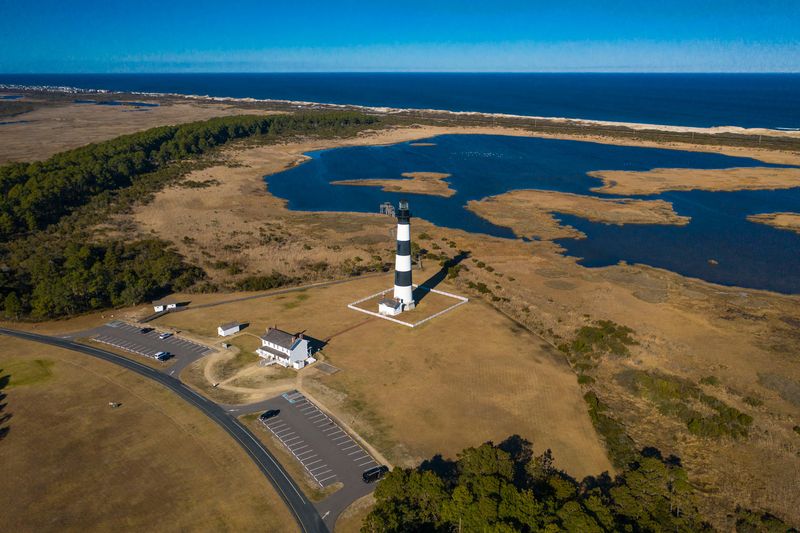
Most visitors driving to the Outer Banks zoom past without realizing they’re passing one of America’s most important wildlife sanctuaries. Alligator River National Wildlife Refuge spans 152,000 acres of wetlands, forests, and marshes between mainland North Carolina and the popular beach destinations.
Established in 1984, this vast wilderness provides critical habitat not just for wolves but also black bears, alligators, and hundreds of bird species.
The refuge’s remote location and diverse ecosystems create the perfect sanctuary for creatures that need space away from human development.
Why This Refuge Was Chosen For Red Wolves
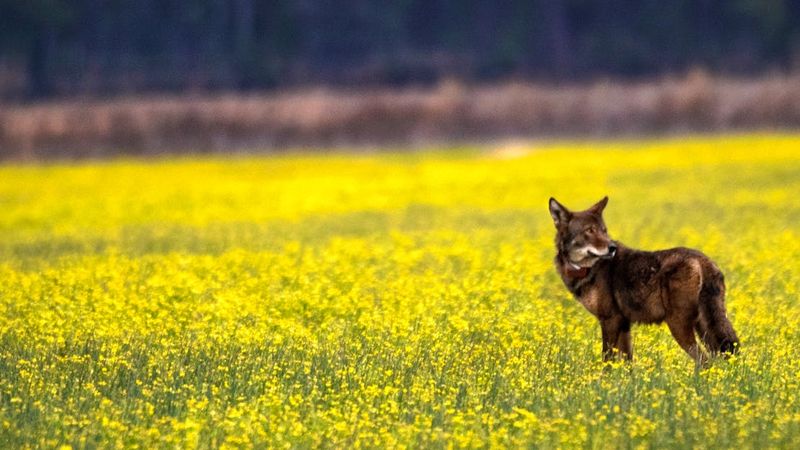
Scientists didn’t pick Alligator River randomly – they needed the perfect blend of isolation and abundant prey. The refuge’s peninsula location naturally limits wolf dispersal, while its rich ecosystem supports plenty of deer, rabbits, and rodents for wolves to hunt.
Back in 1987, wildlife officials released the first captive-bred red wolves here because the area closely resembled their historic habitat. The peninsula’s isolation from coyotes was another crucial factor, as hybridization threatens the species’ genetic purity.
Meet The Elusive Red Wolf
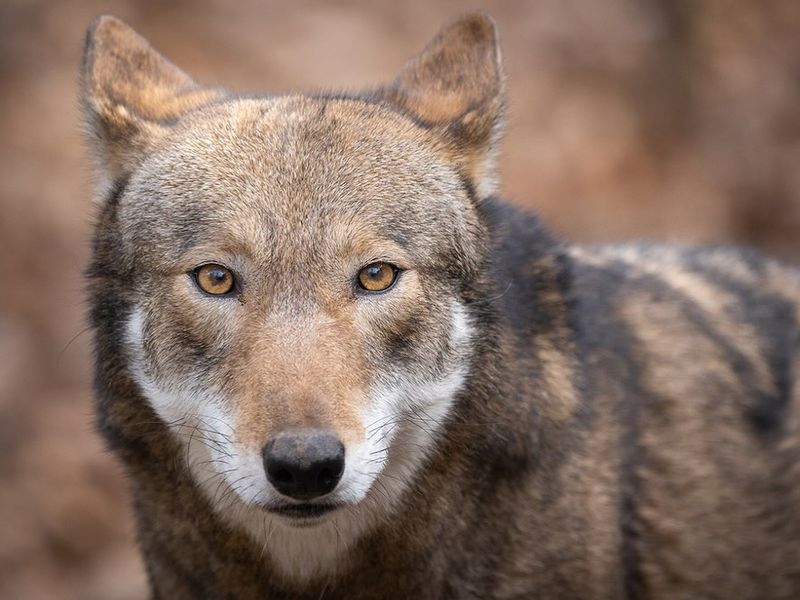
Smaller than their gray wolf cousins but larger than coyotes, red wolves occupy a special niche in the predator world. Their reddish-brown coat with black markings provides perfect camouflage in the southeastern forests they call home.
Unlike the pack-hunting gray wolves of the north, red wolves typically live in smaller family groups. They’re incredibly shy around humans – most visitors never spot one despite there being dozens in the refuge.
Their distinctive howl, a haunting sound between a coyote’s yip and a gray wolf’s deep howl, occasionally echoes through the refuge at dusk.
A Comeback Story In The Making
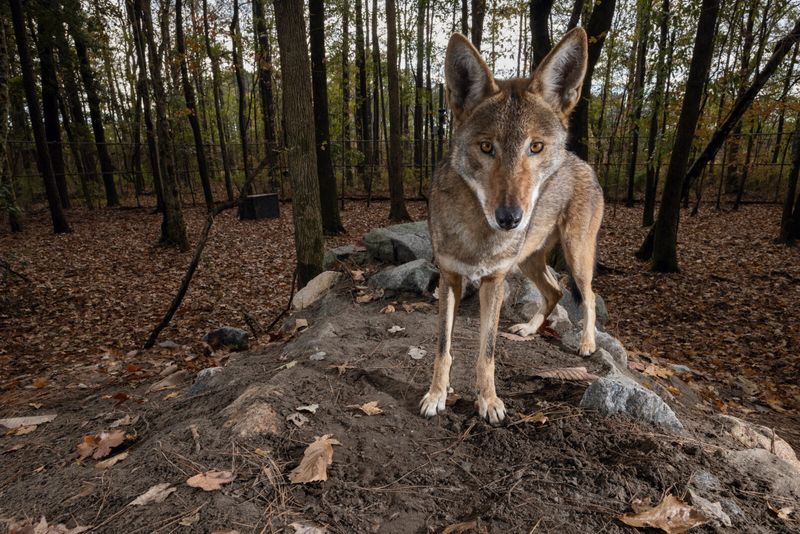
By 1980, habitat loss and predator control programs had pushed red wolves to the brink – only 14 genetically pure individuals remained in the world. Wildlife officials captured these last wolves for an emergency breeding program, declaring the species extinct in the wild.
Seven years later, Alligator River saw history in the making when four pairs of captive-bred wolves took their first steps into the wild. Against tremendous odds, these pioneers established territories and began producing wild-born pups.
By 2006, the population had grown to about 130 wolves – a conservation triumph that gave hope to endangered species recovery efforts worldwide.
Challenges Facing The Red Wolf Population Today
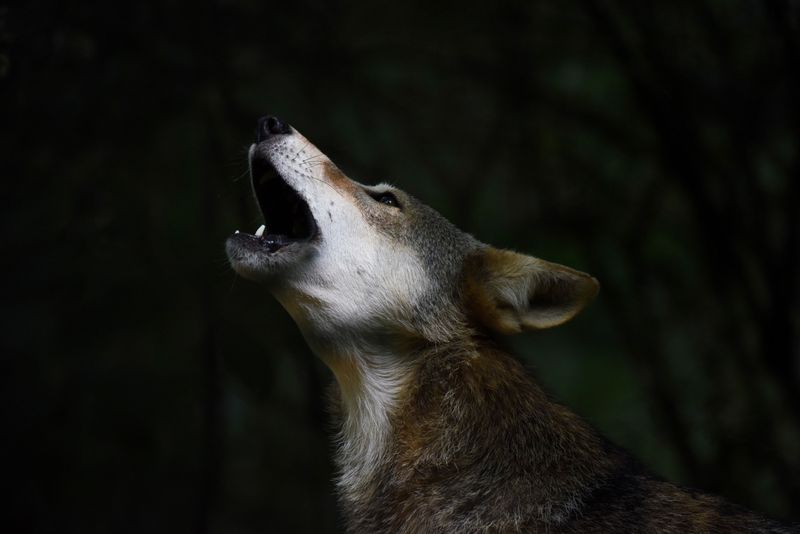
Despite early success, red wolf numbers have plummeted to fewer than 20 known wild individuals today. Illegal shooting remains the leading cause of death, often by hunters mistaking wolves for coyotes. Vehicle strikes claim several wolves each year as development encroaches on their habitat.
Perhaps the greatest threat comes from hybridization with coyotes. As the wolf population thins, finding wolf mates becomes harder, leading some to breed with the more abundant coyotes.
Climate change poses another danger – rising sea levels could flood significant portions of this coastal refuge within decades, shrinking already limited habitat.
Inside The Red Wolf Recovery Program
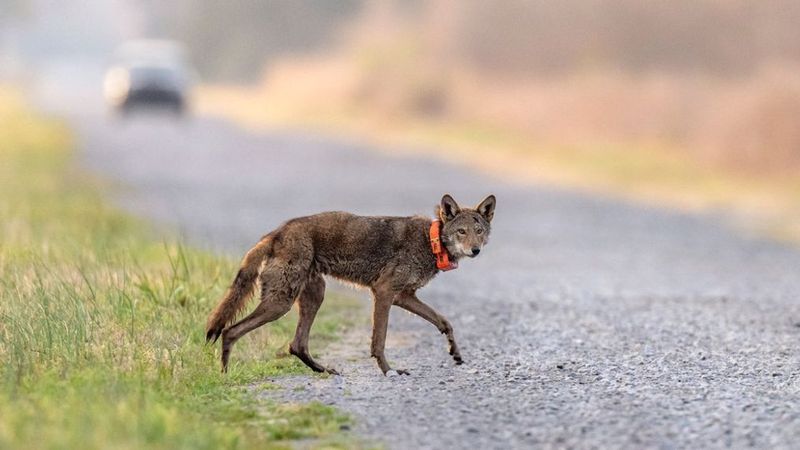
Behind the scenes, a dedicated team works tirelessly to save America’s rarest wolf. Biologists track wolves using radio collars, monitor den sites, and sometimes remove hybrid pups to maintain genetic purity.
They’ve pioneered innovative techniques like foster parenting, where captive-born pups are placed with wild wolf families. The program maintains about 250 wolves in captivity across 43 breeding facilities nationwide as insurance against extinction.
These wolves serve as a genetic reservoir, with some selected for release to bolster the wild population. Each spring, biologists hold their breath as they count new pups – every successful litter represents hope for the species’ future.
What Makes Alligator River So Important
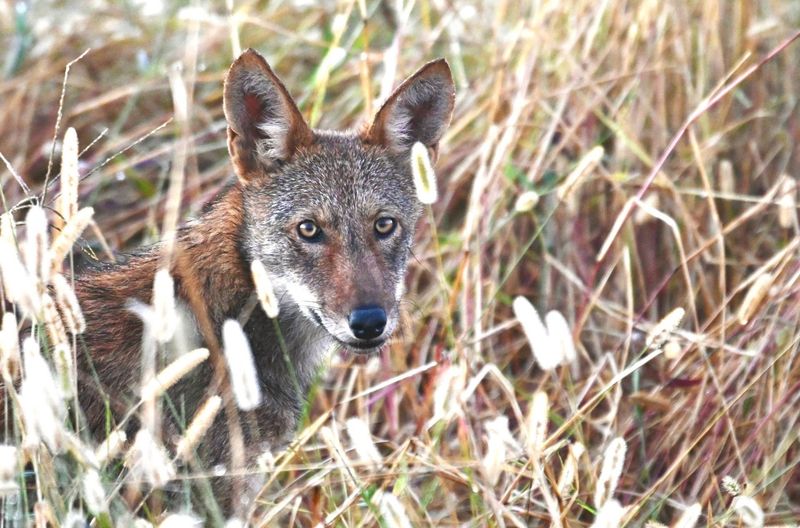
Few places on Earth combine the specific elements red wolves need to survive. Alligator River’s patchwork of pocosin wetlands, Atlantic white cedar swamps, and hardwood forests creates an ideal predator habitat rarely found elsewhere.
The refuge sits within the wolves’ historical range, where they evolved over thousands of years. Its remoteness provides crucial buffer zones between wolf territories and human development.
Perhaps most importantly, the refuge’s management as protected federal land ensures long-term habitat preservation – something private lands can’t guarantee.
Tracking Wolves In The Wild
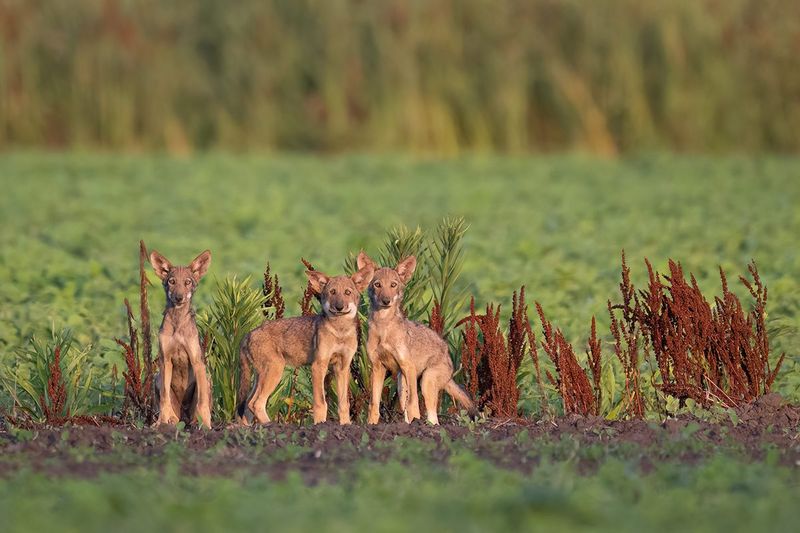
Following ghost-like predators through dense swamps requires cutting-edge technology and old-school fieldcraft. Biologists outfit wolves with GPS collars that ping satellites with location data every few hours, creating detailed maps of territories and hunting patterns.
During denning season, field teams cautiously approach den sites to count and examine new pups. They collect scat samples for DNA analysis to monitor genetic health and prey selection. Camera traps stationed throughout the refuge capture rare glimpses of these elusive animals going about their lives.
For researchers, nothing beats the thrill of hearing a wolf family howling in the wild – concrete proof their conservation efforts are working.
How Locals And Conservationists Work Together
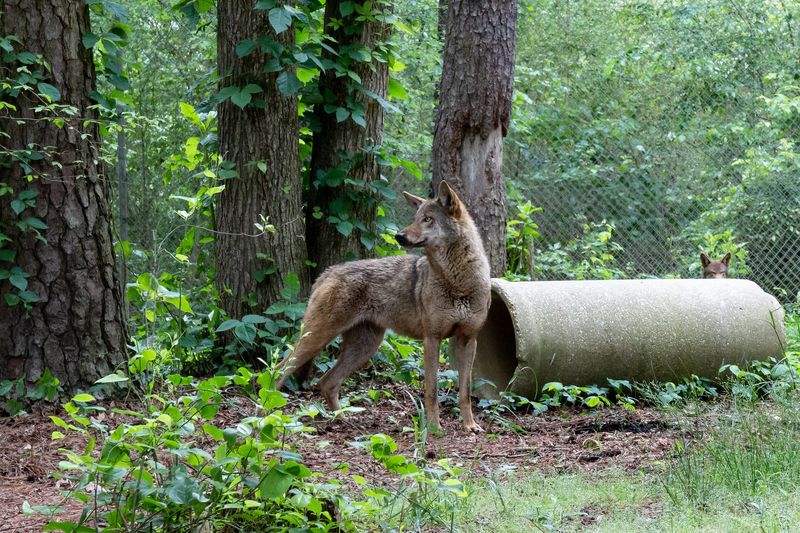
Initial wolf reintroduction faced fierce opposition from some local farmers and hunters concerned about livestock predation and game competition. Smart outreach programs have helped bridge this divide through education and practical solutions.
The Red Wolf Coalition now works with landowners to implement non-lethal deterrents that keep wolves away from livestock. Local eco-tourism has flourished as wildlife enthusiasts visit hoping to glimpse or hear the rare wolves.
Some former opponents have become advocates after seeing wolves control nuisance species like nutria and raccoons that damage crops. This community partnership represents the only viable path forward for red wolf recovery.
The Future Of Red Wolves In The Wild
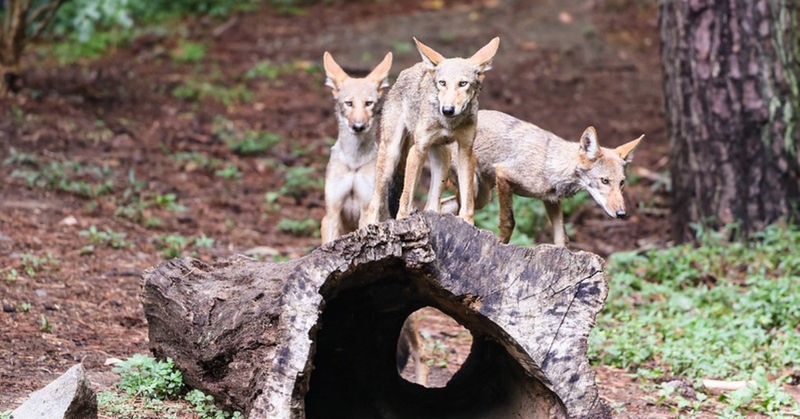
With fewer than 20 known wolves remaining in the wild, the species stands at a crossroads. Recent legal victories have strengthened protections, preventing the Fish and Wildlife Service from abandoning recovery efforts as once proposed.
New recovery plans call for additional reintroduction sites beyond Alligator River to establish multiple wild populations. Genetic rescue techniques, including carefully managed breeding between wild and captive wolves, aim to increase genetic diversity.
While the challenges seem overwhelming, conservation history shows remarkable recoveries are possible – bald eagles and American alligators once faced similar predicaments before rebounding.


